JETSPEED Series, I’m back. Although I’ve pretty much gone through most of the mid-to-high-end JETSPEED rackets (except for the elusive JETSPEED 8PS, which has been hard to find), I still feel like I need to complete the set. Since I’ve already finished reviewing the HX series, I should make an effort to cover the JETSPEED series as well, without neglecting the lower-end models.
But to be honest, the high-end JETSPEED models have created a sort of “halo effect,” overshadowing the entry-level products. This includes the JETSPEED 08, which has appeared in official reviews but hasn’t garnered much attention. I suspect that reviewing the lower-end models won’t attract many readers either. Otherwise, my reviews of the JETSPEED 03H and JETSPEED 1 wouldn’t have been sitting on the resale platforms for so long…

Specifications:
4UG5, without the grip cap, total weight in use is 88.9g, balance point is 294mm, 7.0mm shaft, length of 215mm, medium stiffness, elliptical aerodynamic frame, 9-3 o’clock grooves, 76-hole string bed, tension warranty of 24 lbs, strung with unknown strings at 22 lbs.
While the suffixes in the high-end JETSPEED series often indicate the tuning direction of the racket, it seems that for the entry-level models, apart from the “H” suffix, the differences are mostly in the paint job. The JETSPEED 06F I have is mainly blue and yellow-green. Though the paint quality and texture feel somewhat cheap, the use of multiple colors and gradient effects adds visual depth. I initially thought that the “F” suffix would mean a more feminine, vibrant design, but at this price point, it is what it is. Among rackets in the same price range, Victor’s best paint job is on the “Yu 3F.”
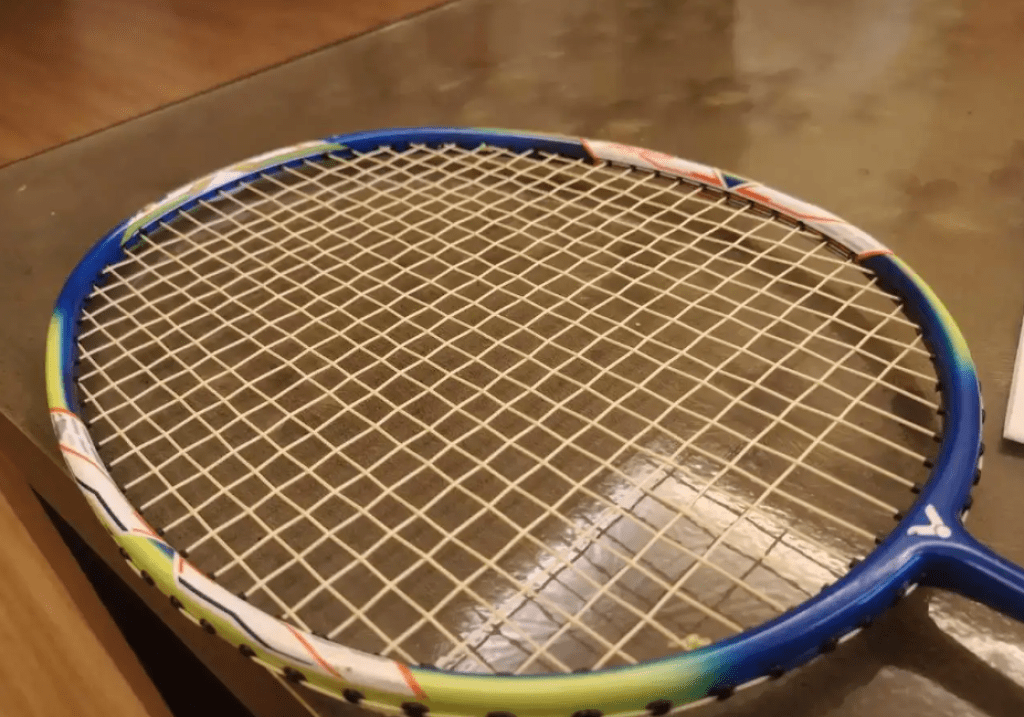
By the way, the racket is priced at 530 yuan. Among similarly priced but lesser-known good rackets, there’s the HX60H, so the 06F needs to step up its game.
The racket head is incredibly light, and after removing the grip cap, this 4U racket still only has a balance point of 294mm, which is quite surprising. It feels very agile when swung, but the aerodynamic treatment of the frame is not as sharp and aggressive as in the high-end series. You can feel that the face is more rounded, so despite the low swing speed, it doesn’t feel particularly fierce.
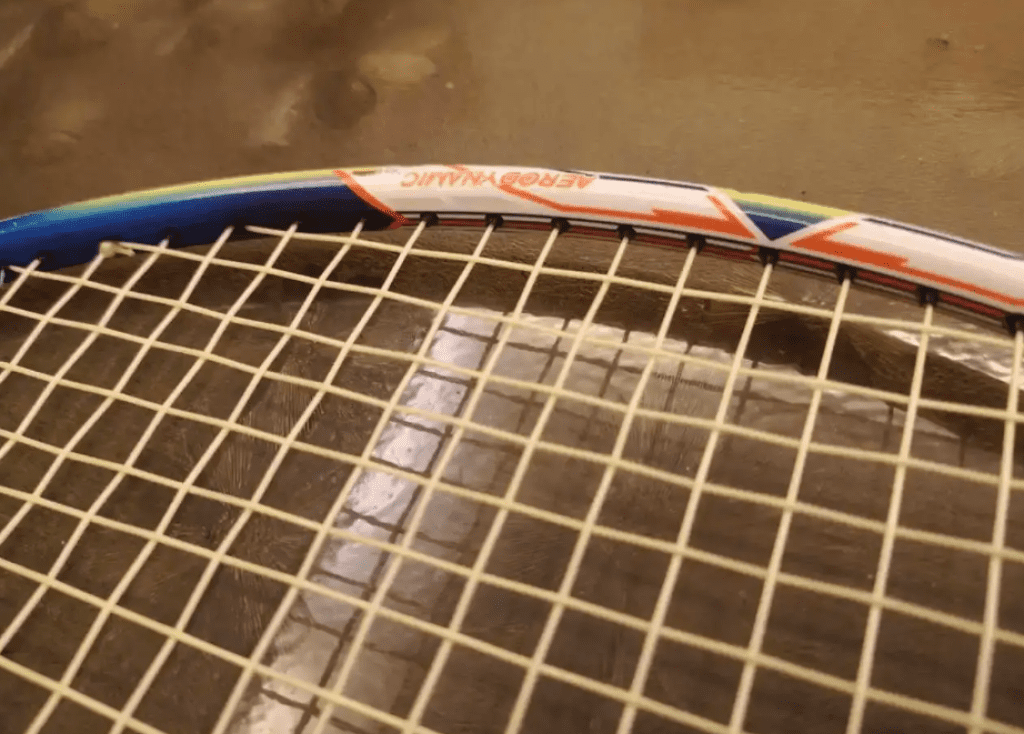
I strongly suspect that this shaft is the same as in some entry-level TK series models. Despite being positioned as an entry-level racket, this so-called medium stiffness shaft feels a bit hard. This is probably because the light racket head makes it difficult to generate momentum, and the shaft doesn’t flex much during swings, leading to the impression that it’s not as stiff as it seems from the impact feedback. The strings, however, are a letdown, completely lacking elasticity—like a fishing net that can’t send the shuttle to the backcourt. But this doesn’t affect the JETSPEED 06F’s overall good power experience.
Although this frame is from the JETSPEED series, due to material limitations, it’s more like a box frame, and the string bed area is clearly smaller than in the high-end series. Additionally, there’s no shortage of bare-frame rackets in Victor’s lower-end products, which typically only have a tension warranty of 23/24 lbs. Therefore, its margin for error isn’t great, and it’s easy to hit its ceiling.
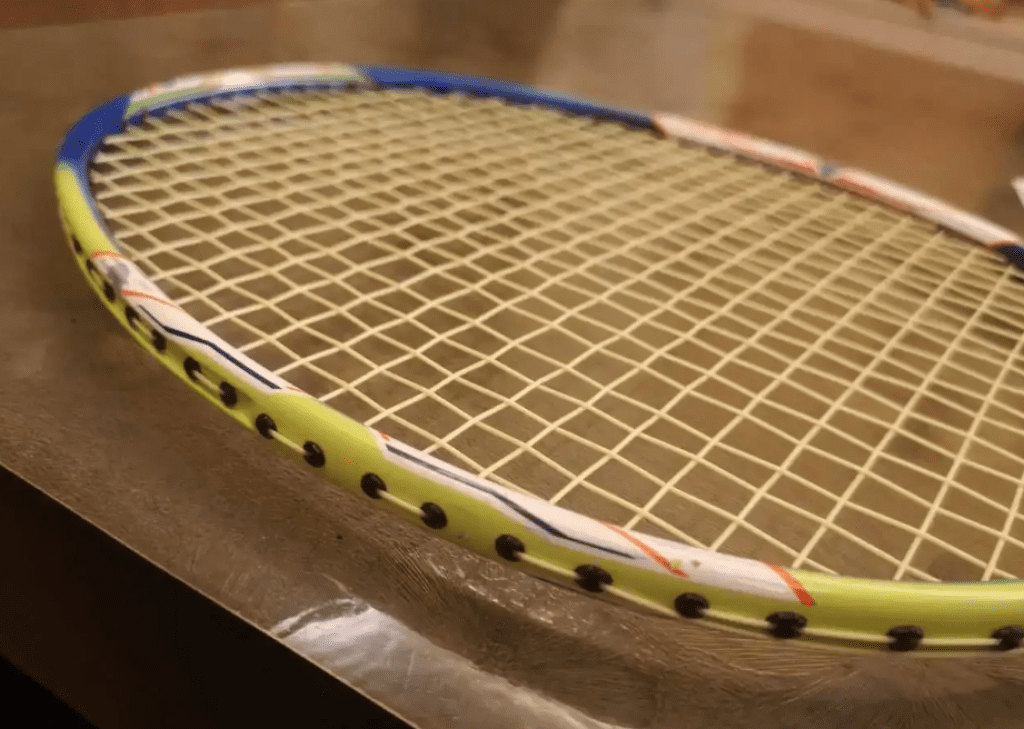
When smashing, you can quickly find its limits. In evenly matched play, its powerful smashes are not as satisfying as those from Brand B’s Nebula, and its point smashes are about as fast as its drives. I suspect that even with stiffer strings, the performance would remain largely unchanged.
One advantage is that the racket’s agility and the non-whippy shaft help make shots more crisp, which is a good trait for faster-paced drive exchanges. Techniques like crouching drives and flat fast exchanges really show off the JETSPEED 06F’s strengths, almost like a demonstration of the benefits of a speed racket. It’s another racket that’s better suited for the frontcourt.
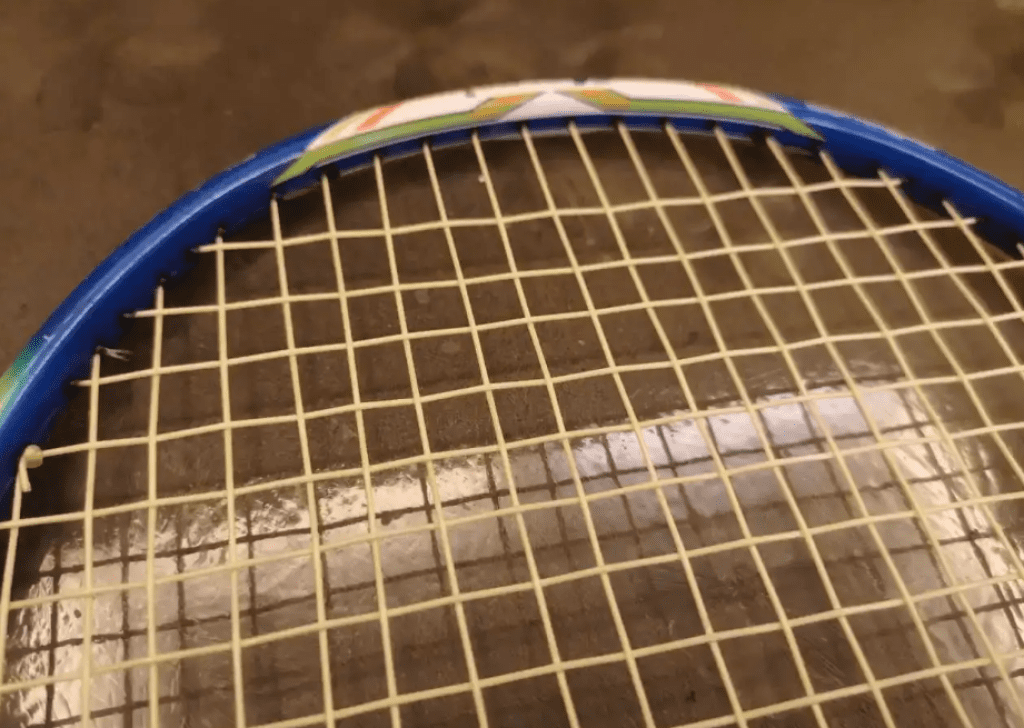
As for net play, I’d guess it’s average—the racket head is too light and lacks weight, and the feeling of deflection during defense is also quite odd. The worn-out strings really drag down the experience, so I’m basing this on general assumptions.
One good thing, though, is that the more conservative aerodynamic treatment makes the racket more durable. The previous owner clearly used it in various clashes, and I noticed several large paint chips. If this had been the JETSPEED 9, it probably wouldn’t have survived… Like the time I gave a JETSPEED 9 to the captain of my company’s team, who dropped it and broke it.
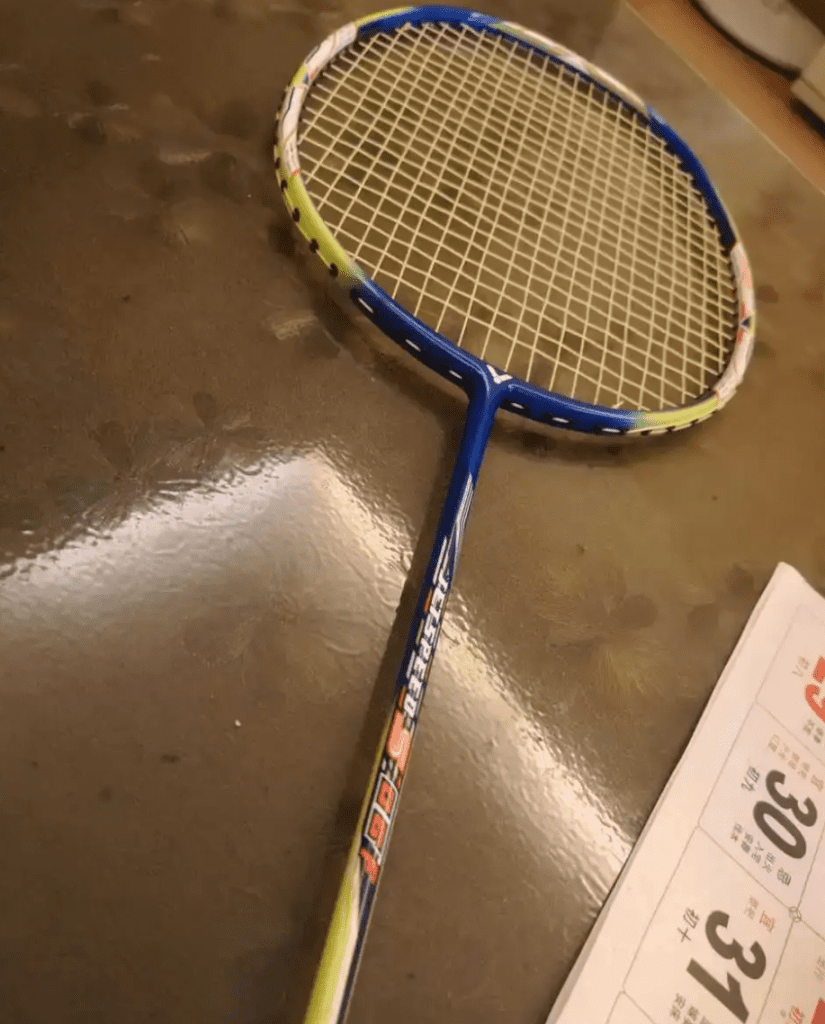
It seems I overestimated the JETSPEED 06F before using it. I expected it to be a simple, easy-to-use speed racket, but it turned out to be too simple, almost like a basic black racket. It reminds me a lot of the TK300 I used before. The low-grade carbon fiber limits it to being more about the paint job, and the paint isn’t particularly impressive either. Aside from its agility, there’s nothing particularly charming about it. So, that’s that.

Leave a Reply